
Filmpac Footage Contributor Program
Want to make money selling footage through a major stock footage platform like Filmpac? This page will walk you through the processs.
Continue ReadingBy Caleb Rexius
Underwater video is fun, and it can look really cool, but depending on how you capture the footage, it can be very, VERY difficult to shoot.
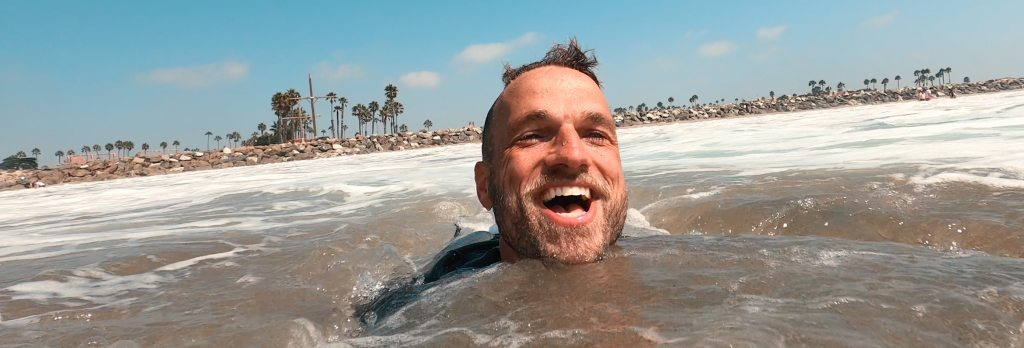
Here are a few common questions:
Today, we’re talking about submerged cinematography. Let’s dive in.
When we’re thinking about capturing footage underwater, or even at surface level, the first decision we have to make is this: what camera do we need?
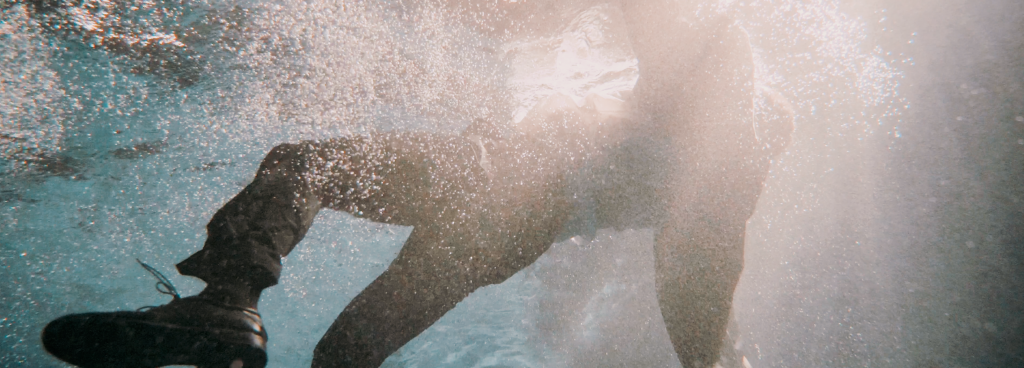
And for the sake of simplicity, I’m going to compare two primary options:
GoPro vs. a mirrorless camera with underwater housing.
And I have 3 main considerations for each option.
Let’s take a look at the GoPro first.
We’re talking around $300-400. And obviously, the uses for a GoPro go far beyond being waterproof.
Having “auto-everything” makes it super easy to just turn on and jump in. And the wide angle ensures everything is essentially in focus.
These things are bulletproof, and knowing it is unlikely to get damaged will take some pressure off. And even if it does get damaged, the replacement cost is low.
The downside is that if you’re looking for a cinematic, professional looking image to your video, you’re just not going to get it here. It’s always going to look like GoPro or “action cam” video quality.

Speaking of cinematic quality, let’s talk about using more of a “cinema grade” mirrorless camera with housing.
There are a bunch of camera housing manufacturers, and my favorite is AquaTech. Most of these companies make different models to fit different cameras, so you’ll need to search and find the right fit for your camera and lens.
And be prepared to pay up. In fact, consideration #1 for a mirrorless camera with an underwater housing is this:
Depending on your camera price and housing style, the housing alone might be the same cost as the actual camera. I paid around $2k all in for mine, which was the same price as the GH5 at the time (which is the camera I use for underwater video). Not cheap, but it’s pretty sophisticated, which leads to my next consideration:
There are a ton of nobs and buttons that interact with the camera inside, which lets you change settings on essentially everything. And this allows for #3:
What’s your goal? Without a doubt, if you’re looking for that really professional “cinema-grade” footage, bringing your more expensive camera in the water (with housing) is the way to go.
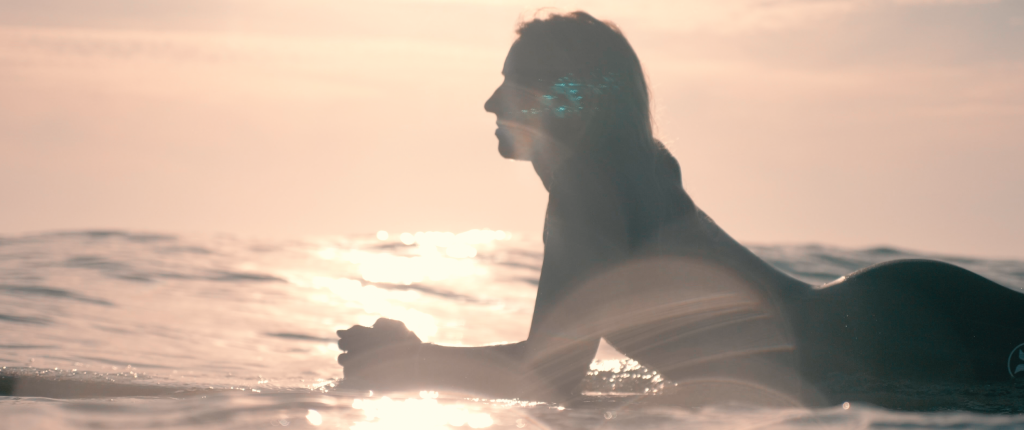
Finally, I want to end with some bonus underwater tips, regardless of camera:
Get good goggles (or even a snorkel). I open my eyes underwater, but man, it’s a blurry mess if you don’t have good goggles.

Get flippers. If you’re holding a camera out in front of you with both hands, you’re putting a lot of work on your legs to keep you afloat. Do yourself a favor and get flippers. Maybe even use a life jacket, but that does come with some buoyancy issues.
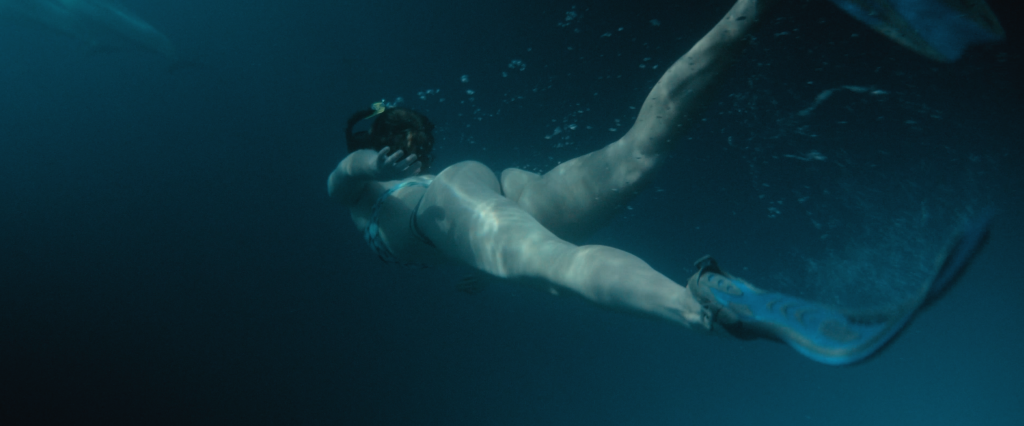
Get a wetsuit, even in fairly normal water temperatures. When you’re in there for a long time, you get cold, shaky, shivery hands, which will prevent you from getting good, smooth, stable shots.
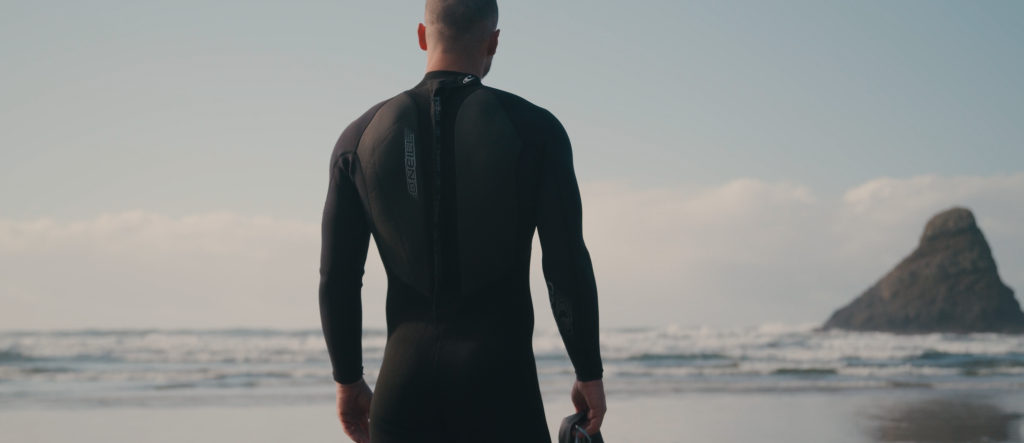
Shoot slow-mo if possible. Like most things, water looks cooler in slow motion, and also allows for a more stable shot.

So, those are my thoughts on filming underwater. Like any question about “what gear to film with”, the answer is almost always “it depends”. But I hope this gives a little more clarity on which direction YOU should take.
All of the footage you see was shot by Filmpac Productions and can be seen and licensed here.
See you next time!
Caleb is the Founder and Lead Cinematographer at Filmpac.

Want to make money selling footage through a major stock footage platform like Filmpac? This page will walk you through the processs.
Continue Reading
By far, the two most common frame rates in modern American video editing and production are 24fps and 29.97fps. Here's the difference.
Continue Reading
There are 5 main types of camera movement. We break each of them down and show you how they can help you tell your stories better.
Continue Reading
If you’re a photographer or filmmaker, you’ve likely heard of The Rule Of Thirds. here's a guide on how to apply it and when to break it.
Continue Reading
Filmpac’s newly-designed Project Feature is a powerful tool for collaborative video editing. Here’s a quick rundown of how it works.
Continue Reading

One of the most difficult parts of being a professional filmmaker is effectively managing and budgeting your time.
Continue Reading
Want to make money selling footage through a major stock footage platform like Filmpac? This page will walk you through the processs.
Continue Reading